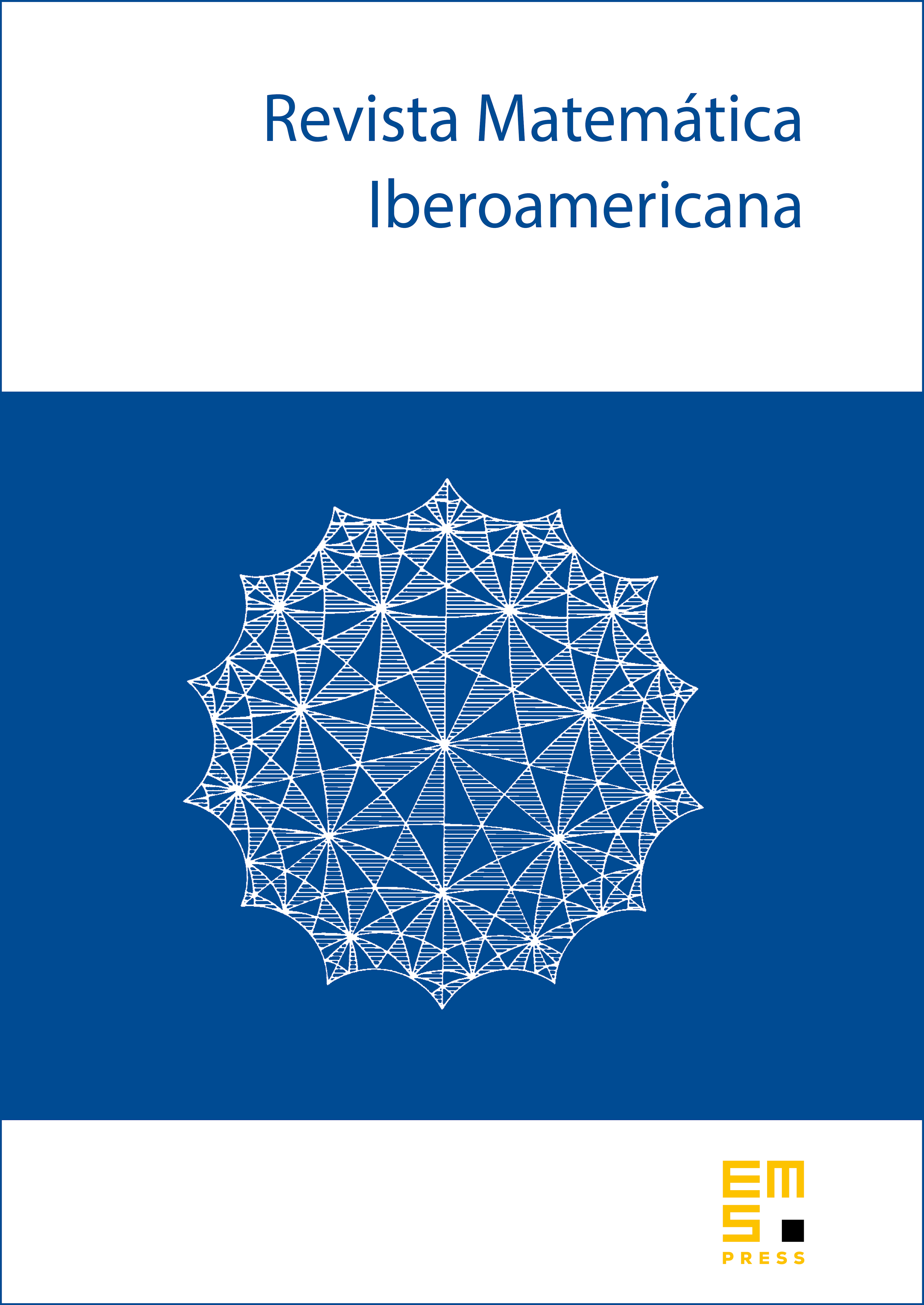Embedding the Heisenberg group into a bounded-dimensional Euclidean space with optimal distortion
Terence Tao
University of California Los Angeles, USA

Abstract
Let denote the Heisenberg group with the usual Carnot–Carathéodory metric . It is known (since the work of Pansu and Semmes) that the metric space cannot be embedded in a bilipschitz fashion into a Hilbert space; however, from a general theorem of Assouad, for any , the snowflaked metric space embeds into an infinite-dimensional Hilbert space with distortion . This distortion bound was shown by Austin, Naor, and Tessera to be sharp for the Heisenberg group . Assouad's argument allows to be replaced by for some dimension dependent on . Naor and Neiman showed that could be taken independent of , at the cost of worsening the bound on the distortion to , where as . In this paper we show that one can in fact retain the optimal distortion bound and still embed into a bounded-dimensional space , answering a question of Naor and Neiman. As a corollary, the discrete ball of radius in can be embedded into a bounded-dimensional space with the optimal distortion bound of .
The construction is iterative, and is inspired by the Nash–Moser iteration scheme as used in the isometric embedding problem; this scheme is needed in order to counteract a certain "loss of derivatives" problem in the iteration.
Cite this article
Terence Tao, Embedding the Heisenberg group into a bounded-dimensional Euclidean space with optimal distortion. Rev. Mat. Iberoam. 37 (2021), no. 1, pp. 1–44
DOI 10.4171/RMI/1200